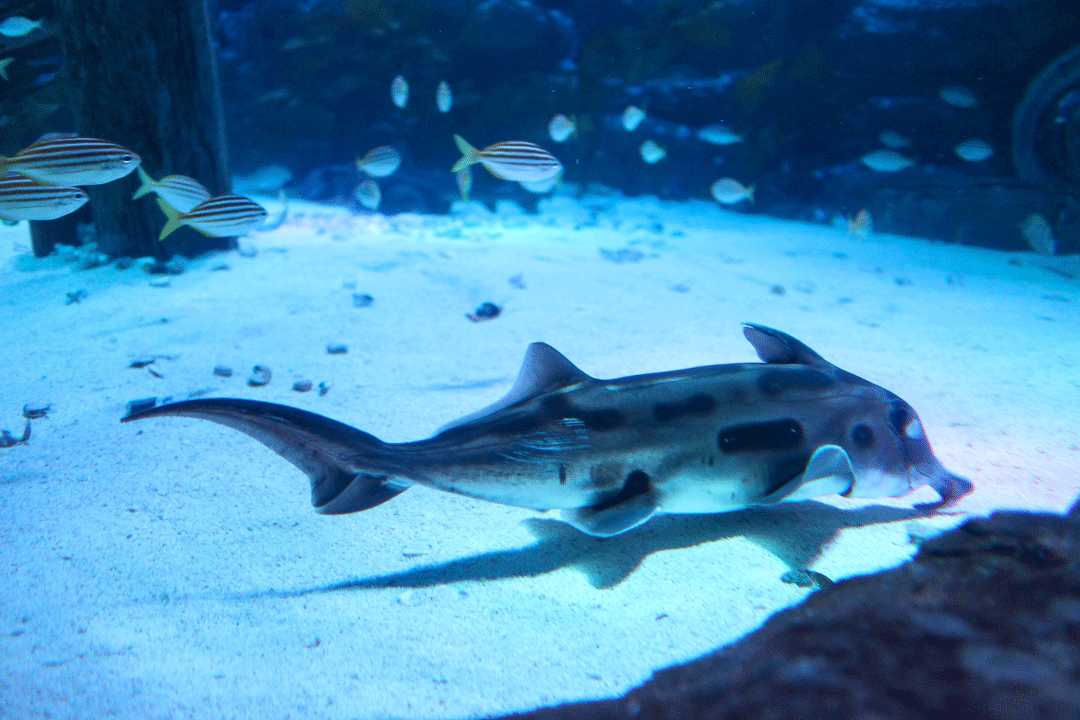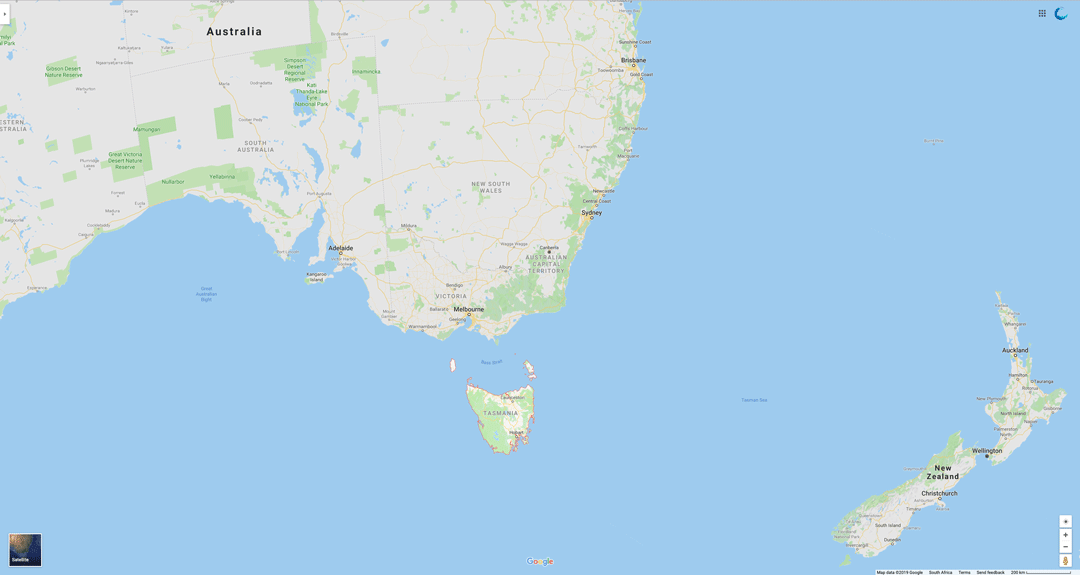Essential Habitats for Elephantfish
You’d be forgiven for not knowing the otherworldly creature called the elephantfish. With the odd, trunk-like appendage on its head that it uses to root around for crabs on the sandy seafloor, this relative of the elasmobranchs (sharks, rays and skates) is aptly, if oddly, named. Also known as a ghost shark in Australian waters, elephantfish are chimaeras, and share a few traits with sharks; the same traits that make many chondrichthyans (fishes with cartilaginous skeletons) susceptible to overfishing.

Photo © KARYI YEAP | Shutterstock
Callorhinchus milii is listed as Least Concern on the IUCN RedList of Threatened Species (), and its population is stable. However, it’s still a very popular catch for recreational fishers, and forms a small part of commercial fisheries in southern Australia. A new paper published in Aquatic Conservation: Marine and Freshwater Ecosystems looked at how C. milii moved around and used Tasmania’s coastline. Author Adam Barnett, and his co-authors Jamie D. McAllister, Jayson Semmens, Kátya Abrantes, Marcus Sheaves and Cynthya Awruch, wanted to understand which areas of the Tasmanian coast constitute essential elephantfish habitats: that is, areas “required to support specific functions, such as providing foraging grounds, shelter or used for reproductive purposes”.

Image © Google Maps | Google
Other shark species in Tasmania are currently managed using shark refuge areas (SRAs). These are coastal habitats where all fishing for elasmobranchs is prohibited, but chimaeras can still be caught. These SRAs were implemented primarily to protect commercially important school sharks (Galeorhinus galeus) and gummy sharks (Mustelus antarcticus). On the Department of Primary Industries, Parks, Water and Environment website, it states: ‘No shark, skate or ray of any kind (other than elephantfish) may be taken’ in SRAs.
Adam and his team used acoustic tracking, catch data and reproductive information to figure out if the SRAs encompass coastal habitat that is also important to C. milii. Their findings suggest that elephantfish do in fact use the coastal habitats that are currently protected for other sharks as SRAs for reproduction, and possibly foraging. This means that these protected areas cover so-called “essential habitats” for elephantfish.
The study suggests that C. milii should, therefore, be included in the current Tasmanian SRAs. One of the ways we manage fish stocks currently is to protect important reproduction and breeding areas. The SRAs along Tasmania’s coast are just that for elephantfish, and therefore represent protected areas that could – and should – include all chondrichthyan species.
You can read the paper here.
**Reference: Barnett, A., McAllister, J.D., Semmens, J., Abrantes, K., Sheaves, M. and Awruch, C., 2019. Identification of essential habitats: Including chimaeras into current shark protected areas. Aquatic Conservation: Marine and Freshwater Ecosystems.
